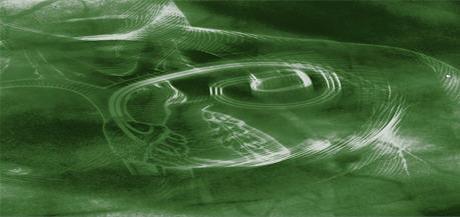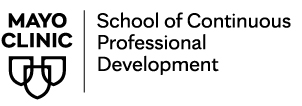September 5 - 8, 2014 - Rochester, MN
Course Directors: Friedman, Paul A., M.D. | Munger, Thomas M., M.D.

Mayo Electrophysiology Review Course for Electrophysiology Boards and recertification will provide the cardiologist and electrophysiologist with a comprehensive overview of all aspects of cardiovascular electrophysiology. Well-known experts in each field will give in-depth didactics on state-of-the-art subjects in electrophysiology and device therpay. Each lecture will be followed by or will include multiple question and answer session with an instantaneous electronic response system. Although this course is designed specifically to prepare the electrophysiologist specialist for the Electrophysiology Boards or Recertification, it will also provide the cardiologist or practicing electrophysiologist with an update on the latest knowledge and advances in electrophysiology. The full spectrum of electrophysiology practice will be reviewed, ranging from basic arrhythmia mechanisms and pharmacology, to catheter diagnosis and therapy, and device-based treatments. Additional printed educational material will be made available.
Registration Fee
| MD, PhD, DO, PharmD | $900.00 |
|---|---|
| Fellow, Resident, NP, PA | $720.00 |
Learning Objectives
Upon conclusion of this program, participants should be able to:
- Interpret intracardiac and electrocardiographic presentations of common arrhythmias, including atrioventricular nodal reentry tachycardia (AVNRT), Wolff-Parkinson-White (WPW) dependent tachycardias, atrial and ventricular tachycardias, and atrial fibrillation
- Interpret intracardiac electrograms to plan ablative and device therapy strategies for patients
- Analyze multicenter trials addressing optimal management of patients with cardiac arrest, those at risk for ventricular arrhythmias, WPW and atrial fibrillation
- Explain the common arrhythmia syndromes associated with channelopathies and the ECG/phenotypic aspects of these familial syndromes
- Identify the muscular anatomy of the heart and how it facilitates arrhythmogenesis
- Identify ECG/EGM features of various types of atrial flutters, ventricular tachycardia in the normal heart, and atypical accessory tracts, like Mahaim and fasciculoventricular fibers
- Review the basic electrophysiology of ion channels, gap junctions and anisotropic conduction, and how these can affect clinical arrhythmogenesis
- Identify the mechanism of action and indications for antiarrhythmic drugs
- Analyze normal and abnormal functioning of pacemakers and implantable cardioverter defibrillators and their subsequent troubleshooting in the latter situations
- Correlate between anatomy, fluoroscopy, intracardiac ultrasound, mapping systems and the retrieved intracardiac electrograms
- Describe the role of thoracic veins including the pulmonary veins, superior vena cava and the vein of Marshall in the pathogenesis and as targets for ablation to treat symptomatic atrial fibrillation
- Compare the differences between mapping-based paradigms to ablate arrhythmia vs. substrate-based and anatomic approaches to ablation
- Apply electrophysiogram interpretation skills in real time in parallel
Attendance at this Mayo course does not indicate nor guarantee competence or proficiency in the performance of any procedures which may be discussed or taught in this course.
Credit Information
Mayo Clinic College of Medicine is accredited by the Accreditation Council for Continuing Medical Education to provide continuing medical education for physicians.
Mayo Clinic College of Medicine designates this live activity for a maximum of 27.25 – Board Review Session/5.25 – Optional Post-Course Session AMA PRA Category 1 Credits ™. Physicians should claim only the credit commensurate with the extent of their participation in the activity.
A certificate of attendance will be provided to other health care professionals for requesting credits in accordance with state nursing boards, specialty societies, or other professional associations.

 Facebook
Facebook X
X LinkedIn
LinkedIn Forward
Forward